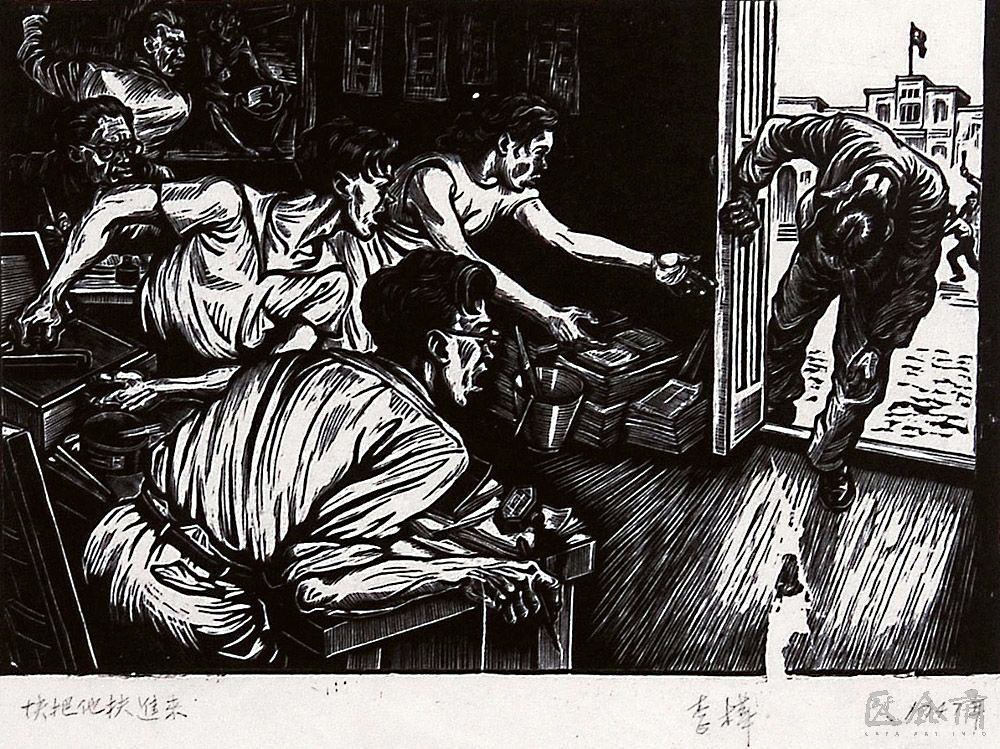Principles of the Future of Art
Can art be the future of man? The question can be put in another way: What are the principles of art of the future? The secret of visual dialectics of any engaged art lies ultimately in its aprori negation of both the history and tradition of art. This negation at first overthrows everything existing/available at the time and tries to instil a new art form arising from the new historical realities. The task of Somnath Hore in the colonial era was in realisation and humanisation of art through the transformation and dissolution of art into visual anthropology. The practical form of this humanisation was through protests and representation of the agitating/suffering mass. Somnath’s political will to translate new realities knew no speculative or contemplative tendency like any religion or a particular branch of philosophy, but certainly his art ceased to be an object for man up there in the other world. Somnath made a distinction between the object in itself rallying for the ruling power and the object for us, that is the object in our thought and the object in reality. In other words, he made us realize that there is a huge gap between what is in our thought and imagination and what lies outside it. What is important is to understand that any political power/establishment is only the first and general cause of matter (of life), movement, and activities but the definite and concrete material things are cognised independently of that particular or all political powers. The ruling class is only a true idealist in the sense that it alone perceives things in complete isolation of all material conditions or is blinded by sheer speculative imagination which is separated from all sensuousness and materiality even though it may think of itself as a sole/independent authority/conductor of things in life. For it, matter does not exist at all because it is anchored in the dark, that is WOUND/S is always invisible to them, incomprehensible because it is close to them, hence they are blinded of the closeness to things/events happening right before them. Somnath, like a true Libnizian, carried with him a good deal of idealism, for how else was it possible for him to conceive the materiality of the agricultural farmer’s movement (Tebhaga movement)? Man is a thinking being but the objects he thinks are outside his own intellect yet they are in accordance with his own being and thus persist in an uninterrupted unity with him.
To read more subscribe our Magazine

